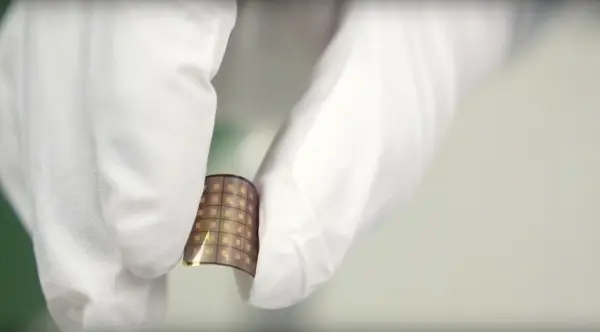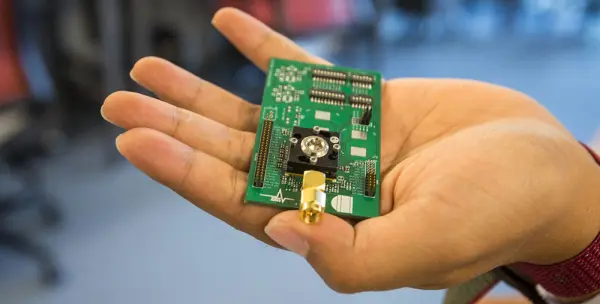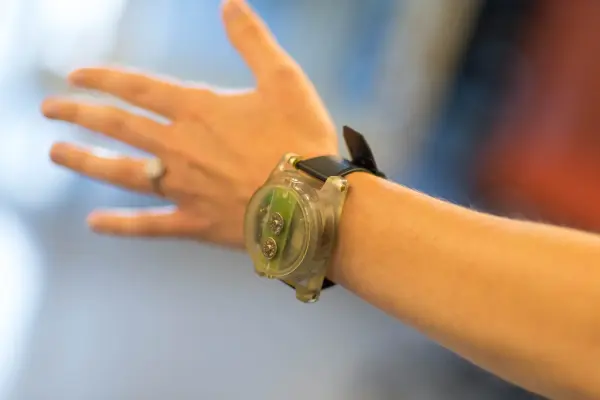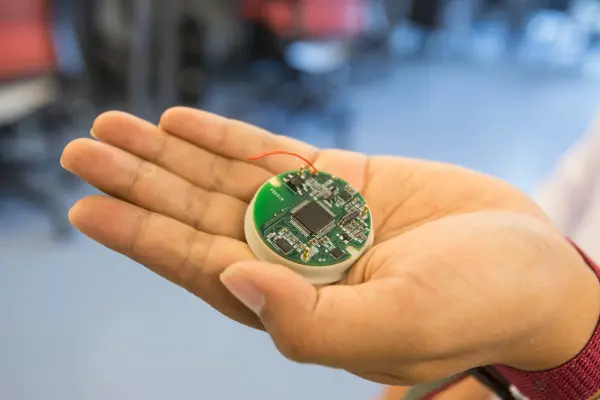The potential for preventive healthcare could be driven by harnessing energy from body heat and movement.
At the University of Virginia, researchers are crafting a low-power microchip capable of supporting real-time health monitoring directly on the body. This chip, fueled by sources such as body heat, motion, and sunlight, promises an exceptionally compact and durable power supply for sensors measuring bodily metrics.
U.Va.’s chip development forms part of a broader collaboration in nanotechnology called the ASSIST Center (the Nanosystems Engineering Research Center for Advanced Self-Powered Systems of Integrated Sensors and Technologies). Based at North Carolina State University, the NSF-funded research involves several partner universities.
“The primary focus of our center currently centers on childhood asthma,” stated John Lach, U.Va.’s Department of Electrical and Computer Engineering Chair, who serves as the ASSIST Associate Director for Translational Research.
U.Va.’s self-powering ASSIST microchip, along with its compact circuit board housing, is depicted in the photograph by Sanjay Suchak from University Communications.
ASSIST is in the process of creating sensors that will collaborate with U.Va.’s microchip to identify alterations in the body and environmental factors that might indicate an imminent asthma attack.
“We’re constantly observing the individual, enabling us to detect the initial signs of worsening asthma and send out appropriate alerts. Simultaneously, we’re also monitoring the surroundings to identify the specific environmental triggers leading to their asthma episodes,” Lach explained. “This information allows us to formulate models that enable intervention even before an asthma episode commences.”
The data acquired from asthma monitoring tests will assist researchers in evaluating the demands placed on their sensor-chip system. However, it’s essential to note that ASSIST technology extends beyond asthma and encompasses various applications.
“Moving forward, our aim is to expand the platform’s capabilities to encompass a wider range of sensing modes – including acoustic detection of wheezing, blood pressure monitoring, identification of biochemical markers, particulate counts, and more,” stated Ben Calhoun, ASSIST site director and an associate professor of electrical and computer engineering.
While some existing wearable health monitors possess these functionalities, the ASSIST project stands out as one of the pioneers in consolidating these capabilities at a nanoscale level. The University of Virginia’s contribution of a high-performing, ultra-low-power microchip empowers the ASSIST team to maintain compact sensory devices, eliminating the constraints posed by larger batteries or communication apparatus.
The microchip faces its most challenging task in managing the varying energy intake from both the user and the surrounding environment. Given the fluctuations in available body heat, motion, and sunlight throughout the day, the chip must dynamically adjust its operations and power consumption to ensure continuous functionality.
Beyond its role as a power source, the microchip also functions as a transceiver. It gathers data from the connected sensors and wirelessly transmits it to a designated device, such as the user’s smartphone.
“We anticipate that our chip will spark a fresh paradigm in wireless sensing, leveraging self-powered hardware,” expressed Calhoun.
The ASSIST initiative represents just one facet of the burgeoning wearable technology projects emerging at the University. Here are a few other compelling devices currently in development:
TEMPO
The TEMPO device, created by the School of Engineering and Applied Science and the U.Va. Medical Center, is a compact wearable tool designed to detect and record motion. It offers healthcare workers a more precise means to gather data for treating elderly patients and individuals dealing with conditions such as cerebral palsy, Parkinson’s, and multiple sclerosis. This wristwatch-sized innovation can be worn on different body parts, enabling comprehensive motion monitoring.
Currently employed by healthcare professionals, TEMPO serves as a valuable tool in evaluating the likelihood of falls among elderly patients. Its ability to identify balance and gait disorders allows physicians and caregivers to take preventive measures against potential hazardous falls. Moreover, TEMPO has proven beneficial in diagnosing and addressing movement challenges faced by patients with cerebral palsy, Parkinson’s disease, and multiple sclerosis.
BESI
Instances of severe restlessness become the primary factor prompting caregivers of individuals with dementia to consider relocating them to assisted living facilities.
The introduction of Behavioral and Environmental Sensing and Intervention (BESI) holds the potential to enable more individuals affected by dementia to remain within their familial environment.
BESI integrates a wearable sensor alongside environmental sensors strategically positioned within the residences of dementia patients.
By establishing a connection between initial signs of restlessness and prevailing environmental circumstances, BESI is capable of monitoring the early stages of agitation and pinpointing external factors that may act as triggers. Upon detecting initial agitation or common triggers, the system notifies caregivers to take proactive measures.




